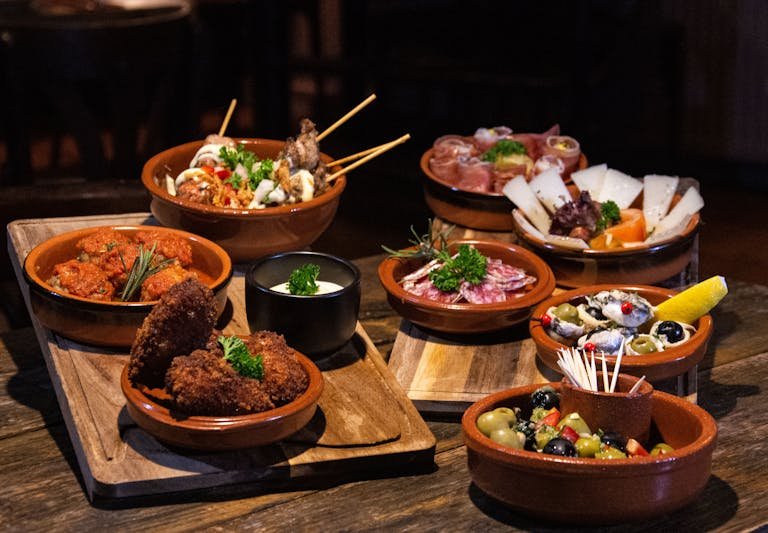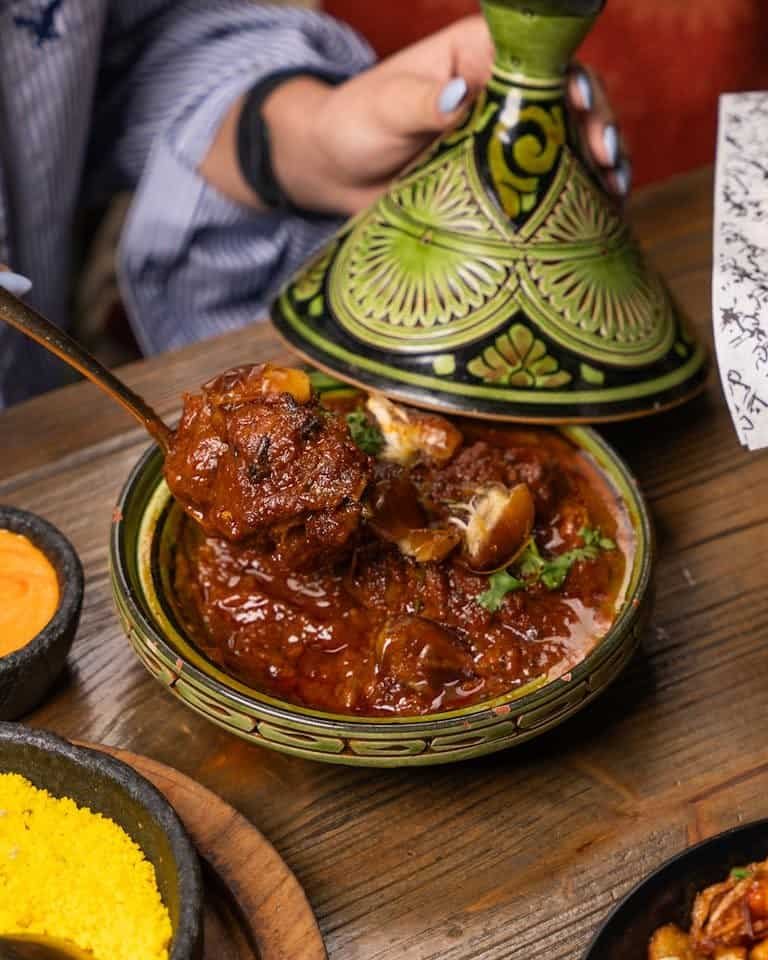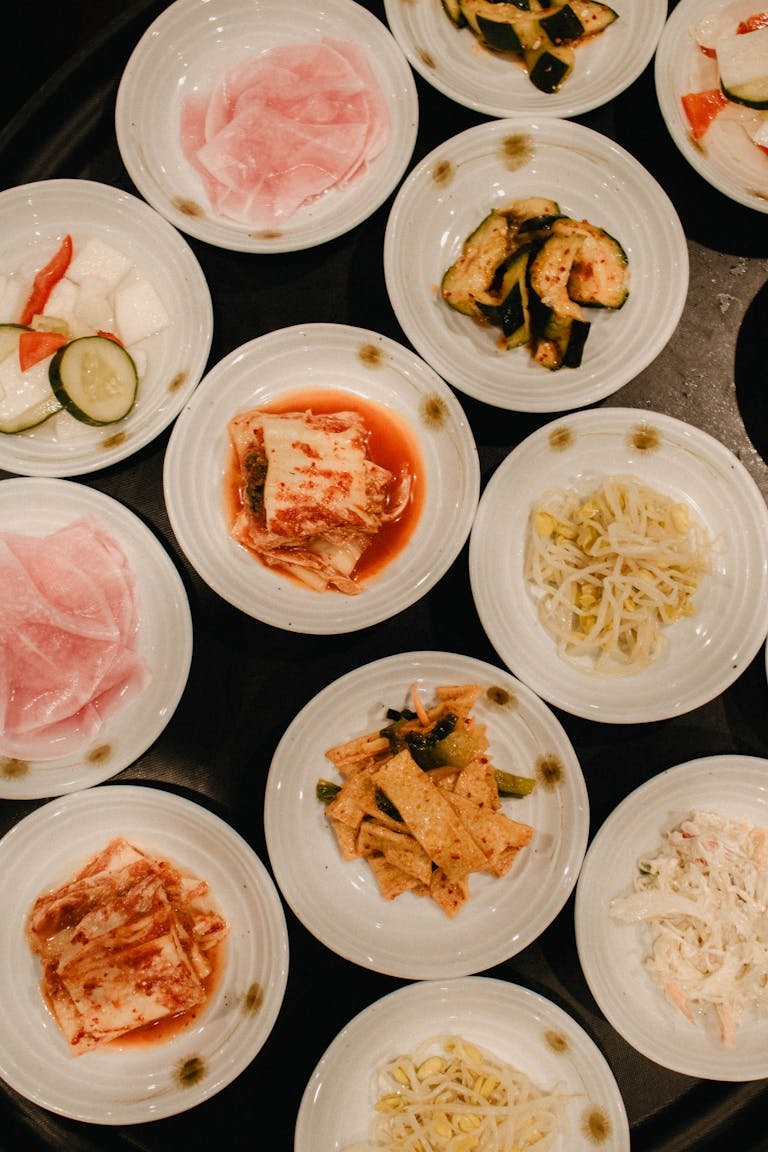The Best Traditional Japanese Ramen Guide: From Instant to Incredible
Elevate your Traditional Japanese ramen experience from simple instant noodles to genuine Japanese bowls. Discover key ingredients, techniques, and recipes to create restaurant-quality ramen at home.

Did you know that over 100 billion servings of instant ramen are consumed worldwide each year? I definitely played my part in that number during my university days! However, after a life-changing trip to Japan and years of experimenting in my kitchen, I’ve discovered how to transform this simple noodle dish into something truly special. Whether you’re a fan of pot noodles or an aspiring traditional Japanese ramen chef, I’m here to take you on a journey from instant to incredible.
What is Traditional Japanese Ramen?
Traditional Japanese ramen is a beloved noodle soup dish that has transformed from its Chinese roots into a unique staple of Japanese cuisine. It features wheat noodles served in a rich broth, often topped with a variety of ingredients. The broth, which is the heart of ramen, comes in several classic types:
- Shoyu (soy sauce-based): A clear, brown broth with a savory, salty taste
- Miso (fermented soybean paste): Thick, hearty, and slightly sweet
- Shio (salt-based): Light and clear with a refreshing flavor
- Tonkotsu (pork bone): Creamy, white, and deeply rich
The noodles are specially crafted wheat noodles that have a slightly chewy and elastic texture. Common toppings include:
- Chashu (braised pork belly)
- Nori (dried seaweed)
- Ajitsuke tamago (marinated soft-boiled egg)
- Menma (fermented bamboo shoots)
- Green onions
- Bean sprouts
Each region in Japan has cultivated its own distinct ramen styles. For instance, Sapporo is renowned for its miso ramen, while Hakata is famous for its tonkotsu ramen. Nowadays, ramen has become a worldwide sensation, with many chefs crafting innovative variations while honoring its traditional roots.
What is the most common ramen in Japan?
My first real traditional Japanese ramen experience was actually a bit of a disaster – I ordered a rich tonkotsu ramen, thinking it would be similar to the mild instant noodles I was used to. Wow, was I in for a shock! The intense pork bone broth nearly knocked me off my feet, but it sparked my fascinating journey into the world of authentic ramen.
Let’s break down the main popular types you’ll come across:
Shoyu Ramen is your classic soy sauce-based bowl. Think of it as your ‘starter’ authentic ramen – not too intense, but a world away from the instant stuff. I usually whip this up when introducing friends to homemade ramen, using Yamasa Koikuchi Soy Sauce for its deep, balanced flavour.
Miso Ramen entered my life on a chilly evening in Sapporo. This hearty, fermented soybean paste-based bowl is pure comfort food. The key is using quality Japanese miso – I swear by Hikari Organic Miso Paste, which delivers that essential umami punch.
Shio Ramen may seem simple, but getting that clear salt-based broth just right took me ages! It’s all about balance – too much salt and you’ve ruined it, too little and it’s bland as can be. The Wadakan Premium Japanese Sea Salt has been a perfect for my shio broths.
Tonkotsu Ramen (most popular!), oh, this one’s a challenge! The first time I attempted to make it, my kitchen looked like a disaster zone, and the smell of pork bones boiling for 12 hours had my neighbours questioning my sanity. But when you nail it – that creamy, rich broth is absolutely worth it.
What are the Essential Traditional Japanese Ramen Components and Equipment?
To cook noodles properly, you should get a noodle basket. The Hiware Asian Noodle Strainer has been my reliable partner for years. Sure, you could use a regular colander, but you’ll be grateful when you’re not trying to fish noodles out of your sink.
The best purchase in my kitchen was investing in a good stock pot. After going through three cheap ones, I finally decided to buy a Le Creuset Stock Pot. Is it pricey? Yes. Is it worth it? Absolutely. The even heat distribution makes a huge difference in your broth.
For storage, I recommend OXO POP Containers to keep your noodles and dried ingredients fresh. I learned this the hard way after discovering weevils in my expensive imported noodles—not a mistake you want to make!
Mastering the Perfect Traditional Japanese Ramen Broth
Let’s dive into the world of broth mishaps. My first attempt at making tonkotsu broth ended up resembling dishwater instead of the rich, creamy soup I had envisioned. The key? Keeping an eye on the temperature and having a bit of patience.
Start with high-quality bones—I usually get mine from the local butcher, but if you can’t find any, many Asian supermarkets sell them frozen. For chicken broth, using wings provides the best balance of collagen and meat.
Here’s my reliable basic broth method:
- Blanch your bones for 10 minutes.
- Drain and rinse them thoroughly.
- Put them back in a clean pot with fresh water.
- Bring it to a boil, then lower it to a simmer.
- For chicken, let it simmer for 4-6 hours.
- For tonkotsu, you’ll need to simmer for 12-18 hours.
Pro tip: A digital thermometer like the ThermoPro TP19H is great for keeping that ideal simmer—too hot and your broth will turn cloudy, too cool and you won’t extract enough flavor.
Crafting Restaurant-Style Toppings
The first time I attempted to make chashu pork, I almost gave up on cooking entirely! The pork turned out as tough as old boots, and the marinade was way too salty. Now? I could whip it up in my sleep.
For perfect chashu:
- Select pork belly with a good meat-to-fat ratio
- Roll and tie it properly (butcher’s twine is essential)
- Braise it low and slow (I use my IKAWA Dutch Oven)
- Allow it to cool in the braising liquid
- Slice it only when it’s completely cold
Ajitsuke tamago (marinated eggs) took me ages to master. The key? An instant-read thermometer (I use the OXO Good Grips Precision Thermometer) and an ice bath. Six minutes and thirty seconds at a rolling boil, then straight into ice water – perfectly jammy yolks every time.
Instant Traditional Japanese Ramen Upgrades and Hacks
Even now, with all my fancy traditional Japanese ramen-making skills, I sometimes still crave a quick instant fix. But I’ve figured out how!
My favorite instant brands:
- Nissin Raoh (authentic restaurant-style noodles)
- Nongshim Shin Black (rich, spicy broth)
- Maruchan Gold (surprisingly good chicken flavour)
Quick upgrades that make a huge difference:
- Skip the oil sachet from the powder packet and use real garlic oil
- Add fresh spring onions and a soft-boiled egg
- Toss in some pre-cooked frozen sweetcorn
- Finish with a splash of sesame oil and rice vinegar.
Advanced Traditional Japanese Ramen Techniques
Making your own noodles might seem crazy, but it can actually be quite relaxing once you get the hang of it. You’ll need:
- Kitchen Aid Stand Mixer with pasta attachments
- Kansui (alkaline water) or baked baking soda
- High-protein flour
- Patience… a lot of patience
The trick is to get the hydration just right – too wet and they turn mushy, too dry and they break. I aim for about 35% hydration for my standard noodles.
Miso Hungry Now
From those late-night instant noodle binges to creating bowls that would impress even a traditional Japanese ramen master (sort of), it’s been quite the adventure! Remember, every botched broth and overcooked noodle is just part of the learning curve.
Start off with simple instant traditional Japanese ramen upgrades, then gradually tackle the more intricate techniques. And please, whatever you do, don’t forget the strainer – no one wants to fish noodles out of the sink drain!
I’d love to hear about your traditional Japanese ramen experiences in the comments below. What has worked for you? What culinary disasters have you overcome? Share your stories and let’s learn from each other!
Stay slurping, friends!






